Quang Ngai Two whale skeletons measuring 22m and 28m long have been preserved and worshipped by Ly Son people for over 200 years, restored for tourists to visit and learn about history.
According to researchers, the custom of worshipping whales (whale lords) originated from the Cham people, then the Vietnamese and Chinese. During the Nguyen Dynasty, folklore has it that King Gia Long appointed the whale as the god of the South Sea, encouraging people to worship it, in order to remember the fish that had saved them.
The belief in worshiping whales was continued by the Nguyen Dynasty kings. The book Dai Nam Nhat Thong Chi recorded that under Minh Mang, whales were called "human fish", and under Tu Duc, the name was changed to "virtuous fish". The kings also ordered that any village with whales coming ashore must report to their superiors to receive "a pension, incense, red cloth, burial arrangements, and land to build a mausoleum".
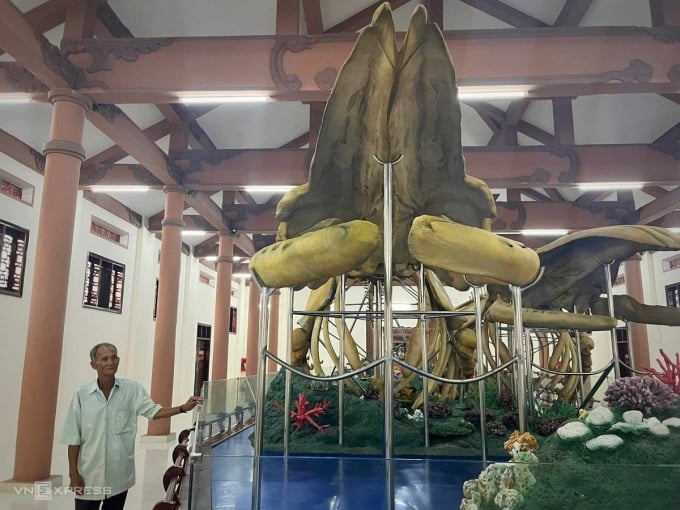
Two whale skeletons measuring 28 m and 22 m after being restored. Photo: Pham Linh
Among the localities along the central coast, Ly Son Island (over 10 km2 wide) is home to many whale shrines with nearly 100 skeletons. Among these, Tan Shrine is home to the longest whale skeleton in the country (28 m), considered the "Big Brother", and given the title of Dong Dinh Dai Vuong. The 22 m long skeleton is the "Little Brother", given the title of Duc Ngu Nhi Vi Ton Than.
Mr. Dang Kim Dong, the main tour guide of the Ly Son Culture and Sports Communication Center, said that according to the island's history books, two whales washed ashore in the early 19th century. After their death, a large funeral ceremony took place on the island with the presence of many fishermen.
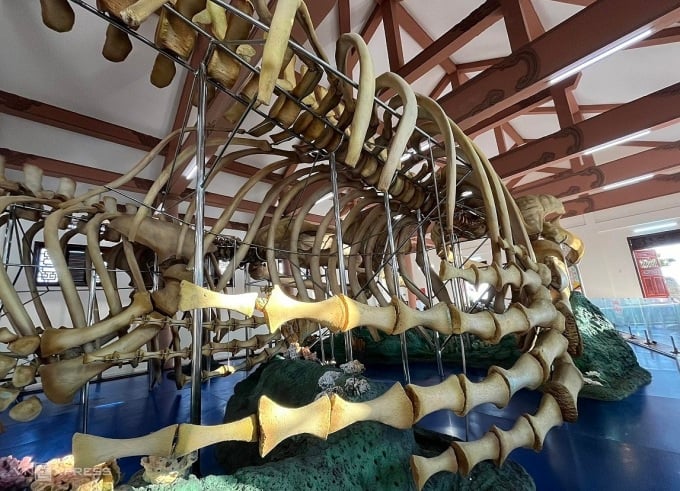
Each whale skeleton restored at the exhibition house on Ly Son Island has 50 segments. Photo: Pham Linh
People did not bury the graves but left the fish carcasses exposed. Many years later, they used buckets to collect the fish fat that gradually decomposed and put it in jars of water for storage. About 15 years later, the bones remained from the fish body. When the skeleton was brought to the mausoleum for worship, the Ly Son people used the whale fat to smear on the skeleton to preserve it.
Tan Tomb was built in 1840 to welcome two whale skeletons. For hundreds of years, Ly Son people have held memorial services for the two whales with respect.
Because of the preservation of many cultural and historical values, the Ly Son government invested 14 billion VND to build an exhibition house and restore two whale skeletons. According to the Ly Son Culture and Sports Communication Center (the unit in charge of the exhibition house), the two skeletons were badly damaged due to the humidity and temperature on the island. The construction unit built a support frame, plasticized some rotten bones and restored the entire head of the whale with composite plastic.
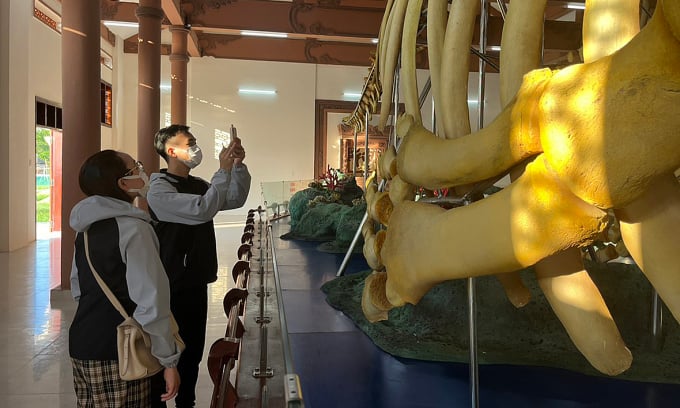
Tourists visit the restored whale skeleton. Photo: Pham Linh
The reconstructions of the two whales each have 50 vertebrae, with a diameter of over 40 cm; 28 ribs, each nearly 10 m long; a 4 m long skull, and a 4.7 m long tusk. Over the past two years, the skeleton exhibition house has become a must-see for tourists visiting the country's outpost island.
Mr. Le Van Ninh, Vice Chairman of Ly Son District, said the whale bone exhibition house is a place to preserve and promote spiritual and cultural values, serving research and tourism development. The authorities are proposing to make lacquer paintings to explain the origin of the skeleton.
Pham Linh
Source link



![[Photo] Closing ceremony of the 18th Congress of Hanoi Party Committee](https://vphoto.vietnam.vn/thumb/1200x675/vietnam/resource/IMAGE/2025/10/17/1760704850107_ndo_br_1-jpg.webp)






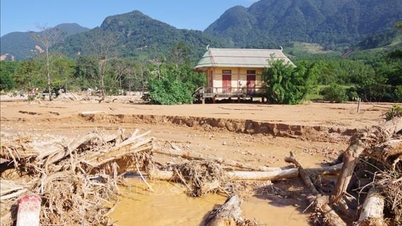
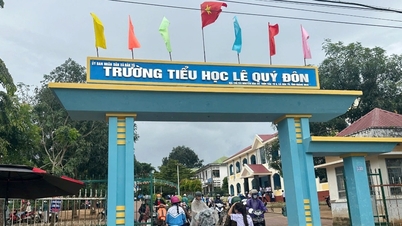

























![[Photo] Nhan Dan Newspaper launches “Fatherland in the Heart: The Concert Film”](https://vphoto.vietnam.vn/thumb/1200x675/vietnam/resource/IMAGE/2025/10/16/1760622132545_thiet-ke-chua-co-ten-36-png.webp)






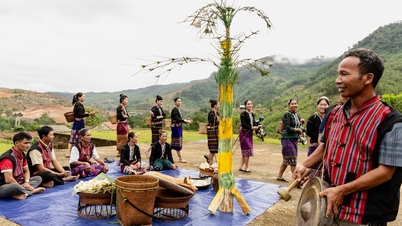


























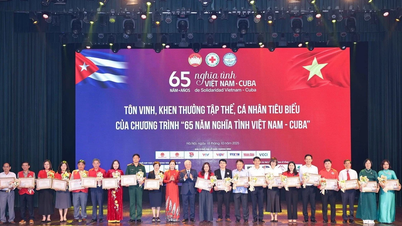
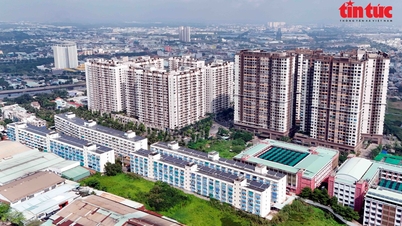













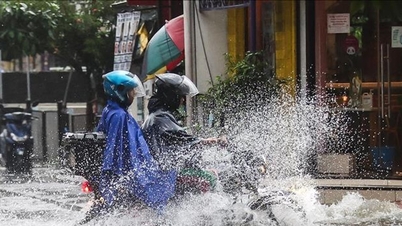





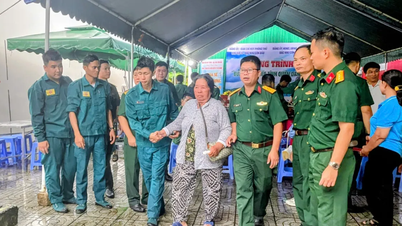





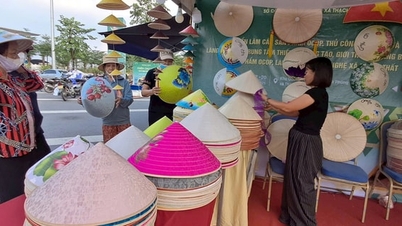













Comment (0)